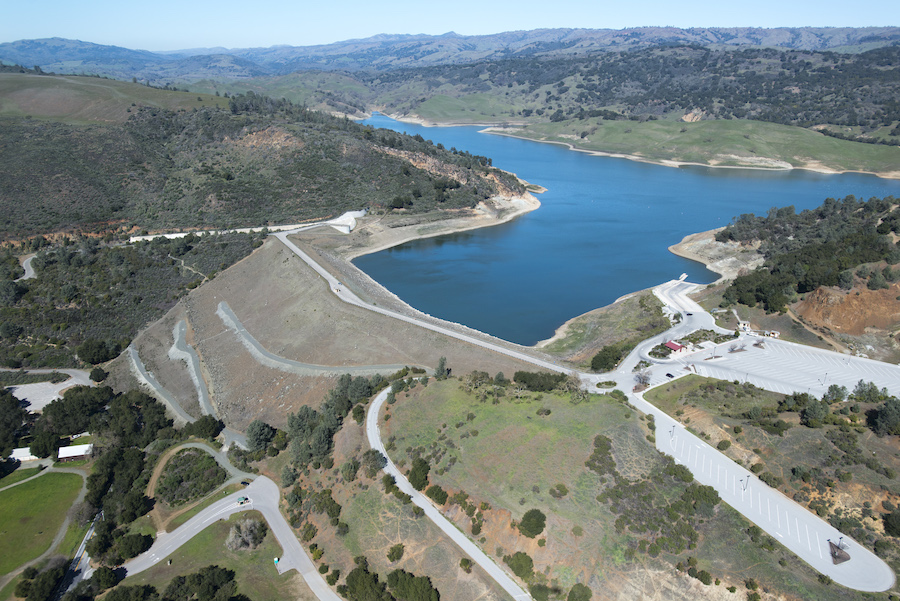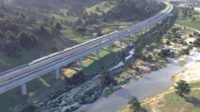In an effort to move forward a $576 million Anderson Dam Seismic Retrofit Project, the California State Assembly passed AB 3005 on June 8, the Expedited Dam Safety for Silicon Valley Act, facilitating the construction of the project.
Assemblyman Robert Rivas (D-Hollister, Calif.), who wrote the bill, says the overwhelming vote of bipartisan support shows the importance in fixing the dam. “The clock is ticking on a catastrophic dam failure in case of a large earthquake,” he says, “and we can’t allow bureaucratic delay to increase risks to public safety, water security and environmental protections.”
Dam owner Santa Clara Valley Water and the Federal Energy Regulatory Commission spared this year about a directive from the federal agency to drain Anderson Dam as Valley Water district waits to begin upgrades near the Calaveras Fault. Passage of the new bill in the California Senate would move construction forward.
The Anderson Reservoir is the largest open reservoir under Valley Water’s control and currently limited to about 58% of its capacity because of seismic concerns over the 240-ft-tall earthen dam built in 1950. The fix for the dam includes replacing the existing outlet pipe running below the dam to improve capacity and reliability, increasing the concrete spillway’s wall height and increasing the height of the dam crest. The project is in the design phase.
“The Anderson Dam project will not only protect Silicon Valley and South County from the devastation of a dam failure, but it also will create thousands of good-paying jobs that are so badly needed in the wake of the coronavirus pandemic,” John Varela, Valley Water board member, said in a statement. “Getting this project construction underway as quickly as possible is Valley Water’s top priority, and that’s what AB 3005 will do.”
The federal directive led Valley Water’s plan to begin the reservoir drawdown to “deadpool” starting Oct. 1. The 65 million gallon per day drain will empty the reservoir between December 2020 and April 2021, depending on weather.
As part of the “compliance plan” for drainage approved in late May, Valley Water will construct a 1,700-ft-long tunnel deemed “necessary to better and more consistently stay within the FERC-directed reservoir elevation,” the plan says. Construction on the tunnel, the first step in the larger Anderson Dam project, should start in 2021 and will enable an increased release of water during storms or in the event the dam is damaged.
Anderson Dam is not anticipated to withstand an earthquake of magnitude 7.25 on the nearby Calaveras fault or of magnitude 6.6 on the Coyote Creek fault located directly beneath the dam. A breach at full capacity would flood an area extending more than 30 miles northwest, including the cities of San Jose and Santa Clara, and more than 40 miles southeast.





Post a comment to this article
Report Abusive Comment